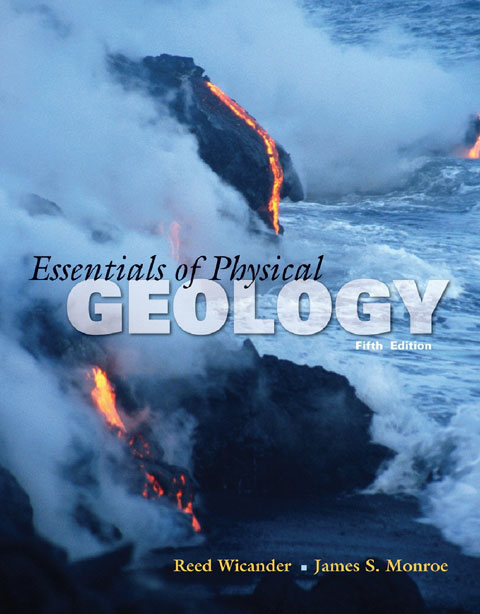
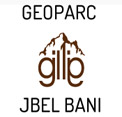
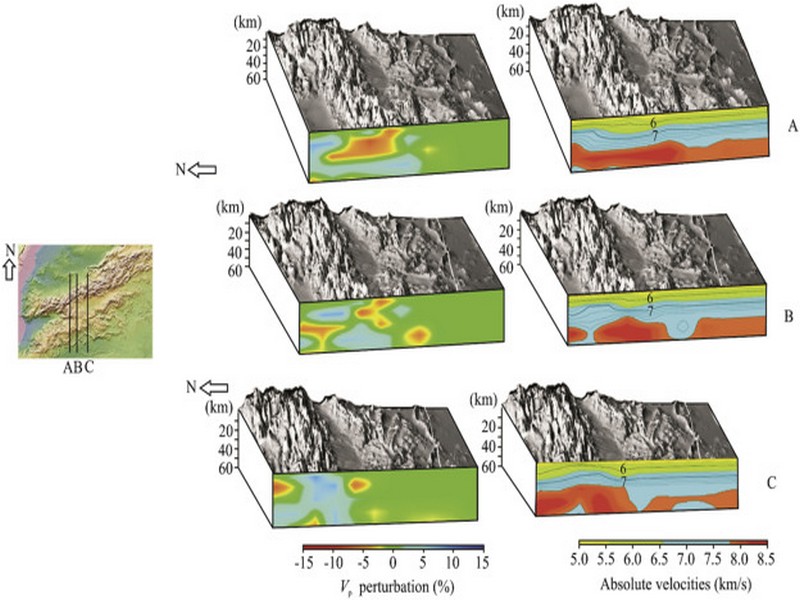
CENTRAL ANTI-ATLAS TRAVERSE: the northern border of the West African Craton
By DR. M. OUKASSOU, DR. H. EL HADI, DR. F. HAISSEN, DR. N. SABER
ITINERARY and OBJECTIVES
The south of Morocco is one of the most attractive touristic areas with diversified landscapes from snowy mountains to desert plains. The High Atlas with his 3000 to 4000 meters forms a major climatic barrier to the Atlantic perturbations, which account for the arid climate of the Anti Atlas sub Saharan domain south of the chain. These regions are occupied by berbere speaking populations with long hospitality tradition.
The two day trips follow most touristic roads and visit outstanding outcrops illustrating a central transect across the Anti-Atlas belt (figures G1 & G2), which corresponds to the external fold belt of the Hercynian (Variscan, Alleghanian) chain, but it also includes large Pan African inliers. The High Atlas formed during the Cenozoic at the expense of an aborted Triassic Jurassic rift. Therefore, three superimposed Wilsonian cycles can be illustrated during the trips. The itinerary will make possible to illustrate the complex geological history of these areas from 2 Ga to present day. Our purpose is to present and discuss various regional and thematic (sediment logical, structural, magmatic and
metamorphic) features, which record the main geodynamical events during this long geological history. Magnificent minerals (erhytrite, vanadinite...) and fossils (trilobites, goniatites...) can be purchased at many places.
During this field trip, the AgdzBou Azzer Tazenakht Agdzloop (figureG3)allows the participants to discover the PanAfrican belt (external platform domain in the Zenaga inlier, ophiolitic suture zone at Bou Azzer), the early volcano clastic cover sequence (late Neoproterozoic), and the mildly folded Early Paleozoic sediments (Cambrian and Ordovician).
Detailed road log for the trip are provided below along with Global Positioning Satellite (GPS) location at each stop. Note that all the stops are on public roads, and that the use of hammers and the collection of rocks are permitted.
Source web: DR. M. OUKASSOU, DR. H. EL HADI, DR. F. HAISSEN, DR. N. SABER sociedadgeologica.es
Les articles en relation
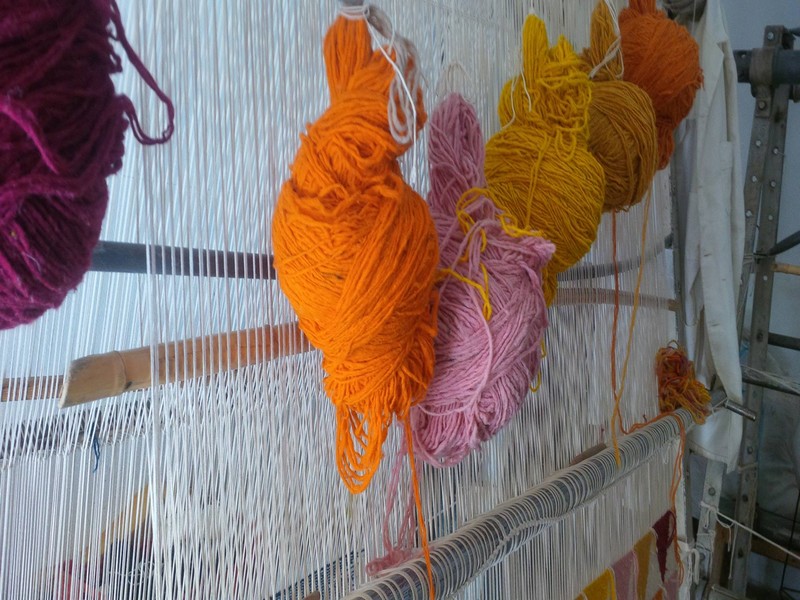
Tissage (Géoparc Jbel Bani)
Tissage (Géoparc Jbel Bani) Le tissage traditionnel est encore en usage dans de nombreuses régions du Maroc. Le Tissage, « Azetta » en berbère, est une occupation féminine par excellence. De no
Savoir plus...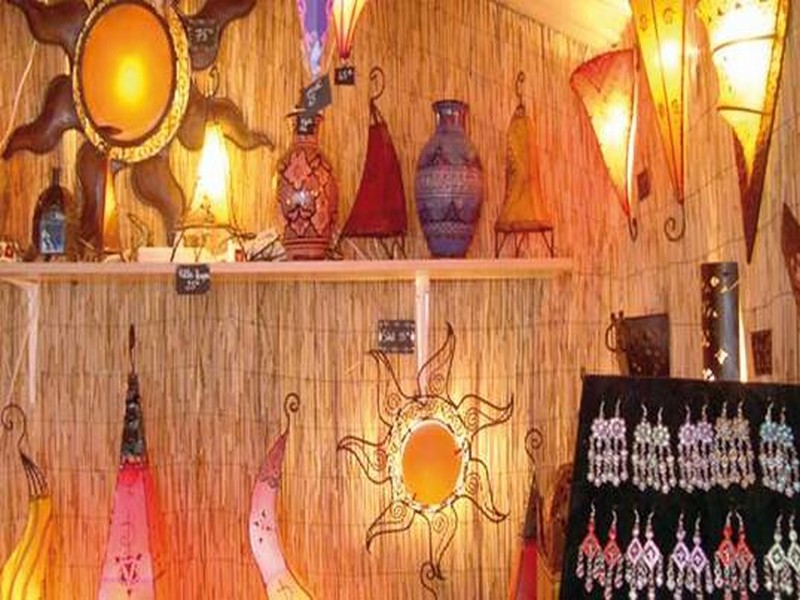
Artisanat: Tarfaya à l’heure de son Salon régional
Artisanat: Tarfaya à l’heure de son Salon régional Le Salon régional de l’artisanat de Tarfaya a été inauguré mardi avec la participation d’exposants venus des diff&ea
Savoir plus...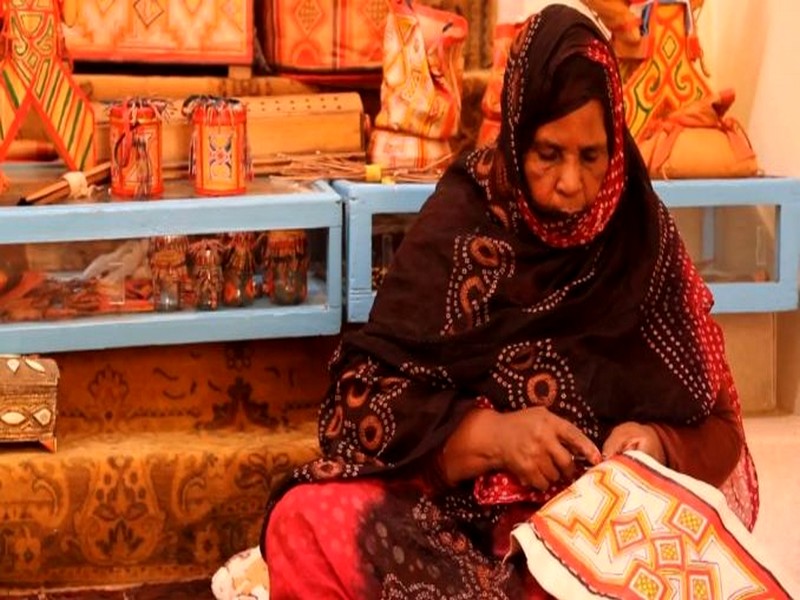
LA CAPACITE GEO-TOURISTIQUES DES REGIONS DE L’ANTI ATLAS DU JBEL BANI
LA CAPACITE GEO-TOURISTIQUES DES REGIONS DE L’ANTI ATLAS DU JBEL BANI Le Sud Maroc, particulièrement, le territoire Sous Sahara Atlantique, Guelmim Oued Noun et le Grand Sud Maroc ont lancé de gros chantiers pour
Savoir plus...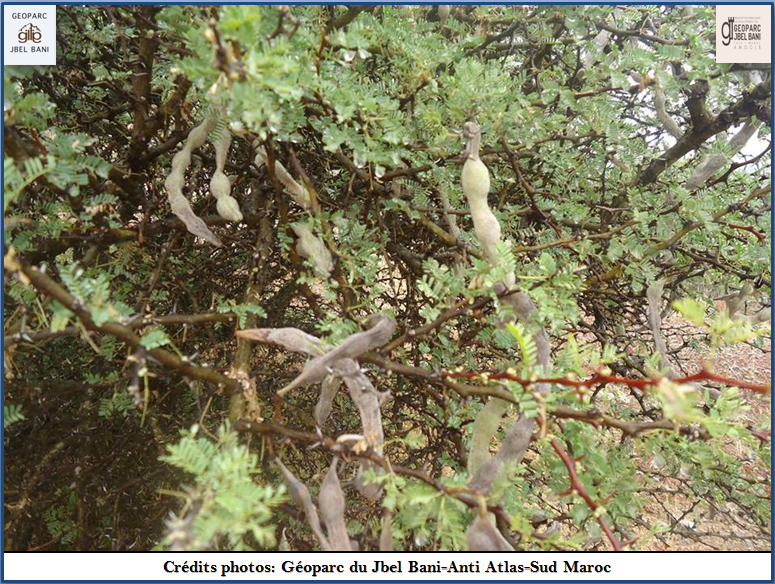
Les accacias du Maroc
Acacias du Maroc Au Maroc, quatre « acacias » existent à l’état spontané: Acacia gummifera, Acacia raddian, Acacia ehrenbergiana et Acacia albida. L’Acacia gummifera « gommi
Savoir plus...
Le Territoire Soutenable du Géoparc Jbel Bani (TSGJB) : Un modèle de tourisme durable au Maroc
Le Territoire Soutenable du Géoparc Jbel Bani (TSGJB) : Un modèle de tourisme durable au Maroc Le Geoparc Jbel Bani, situe au sud du Maroc, représente une initiative remarquable en matière de tou
Savoir plus...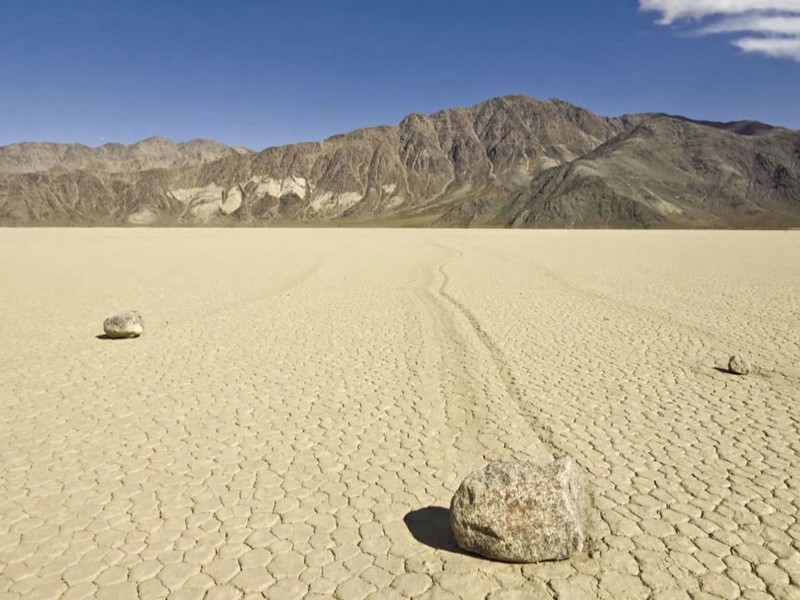
À Racetrack Playa, de mystérieux rochers bougent tout seuls...
À Racetrack Playa, de mystérieux rochers bougent tout seuls... Des rochers qui se déplacent sans l'aide de personne et qui laissent sur l'argile la trace de leurs mouvements : voilà de quoi intrigu
Savoir plus...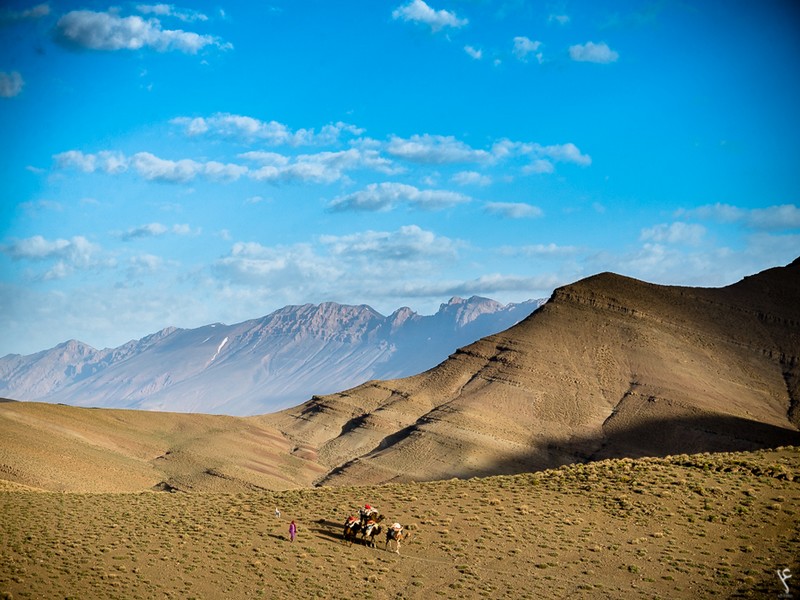
Sur la vague du nouveau Maroc
Sur la vague du nouveau Maroc Mettre le pied une deuxième fois sur le sol marocain répondait pour nous cinq à une soif de mieux connaître ce pays qui nous hante et nous attire avec ses mille couleurs, ses s
Savoir plus...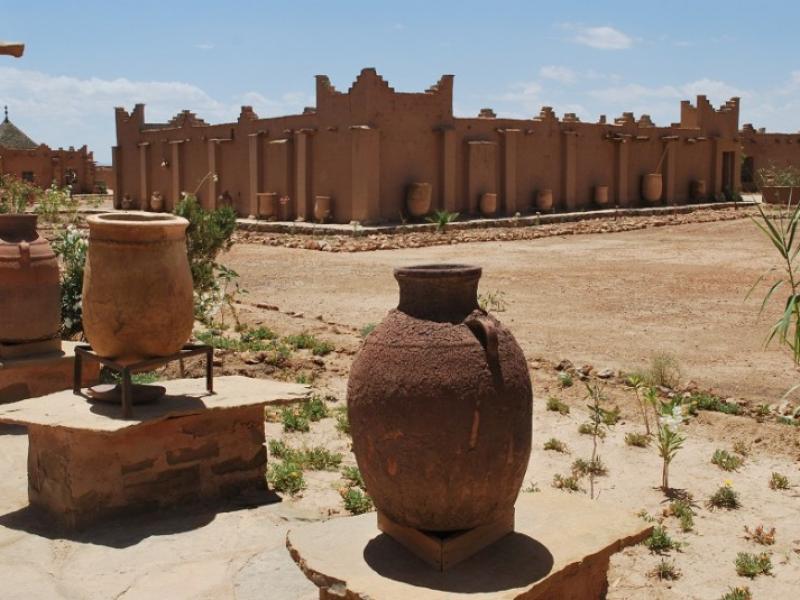
Le patrimoine culturel marocain
Le patrimoine culturel marocain Titre Le patrimoine culturel marocain Le Maroc dispose d'un patrimoine culturel et civilisationel riche et diversifié. Chaque région possède ses particularités, contr
Savoir plus...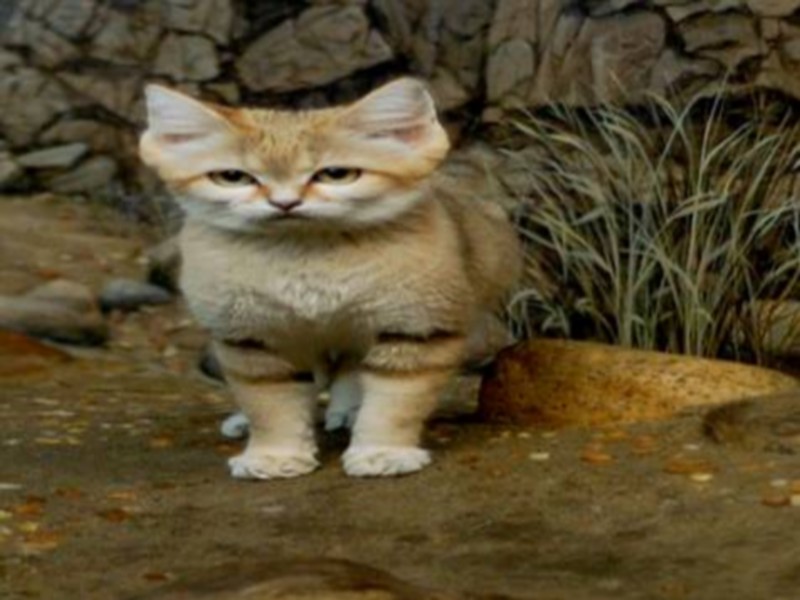
Le chat des sables
”Felis margarita”, le chat du désert Totalement adapté à la vie dans le désert du Sahara marocain, ce mammifère, dont l’existence est jugée en danger par l’UICN, reste
Savoir plus...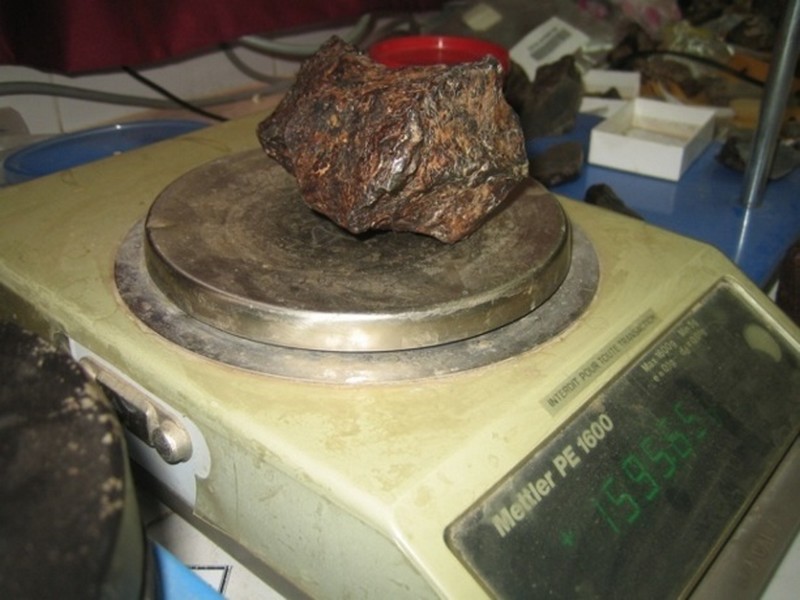
Laboratoire de géo-patrimoine et géo-matériaux de l’Université Ibn Zohr : Les premiers secrets de la météorite martienne «Tissint» révélés
Laboratoire de géo-patrimoine et géo-matériaux de l’Université Ibn Zohr : Les premiers secrets de la météorite martienne «Tissint» révélés Enfin la m&ea
Savoir plus...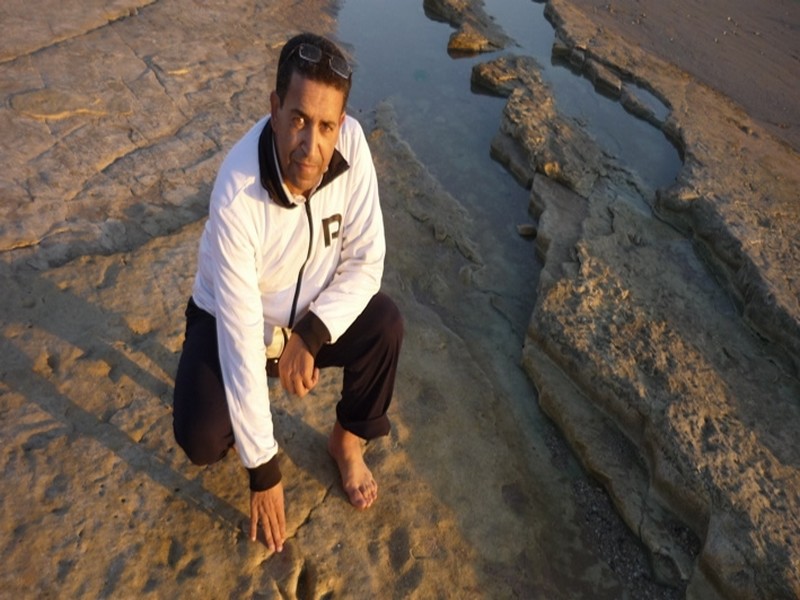
Découverte. Sur les traces des dinosaures d’Anza Beach, près d'Agadir
Des empreintes de dinosaures carnivores et de reptiles volants, vieux de 85 millions d'années, ont été retrouvés sur la plage d'Anza près d'Agadir. Les détails. C’est offici
Savoir plus...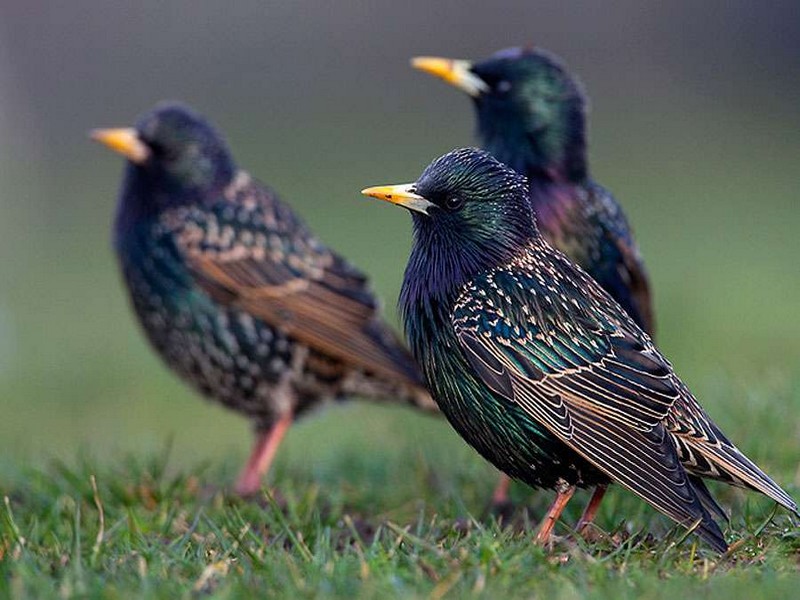
Nuées d'étourneaux : comment coordonnent-ils leurs vols ?
Nuées d'étourneaux : comment coordonnent-ils leurs vols ? Les étourneaux, et d'autres oiseaux se comportent souvent comme une unité, formant une nuée, filant parfois dans une direction pr&ea
Savoir plus...Les tags en relation
En savoir plus sur " Géologie et TSGJB - AMDGJB ! "
Consulter les vidéos de " Géologie et TSGJB - AMDGJB ! " Consulter les photos de " Géologie et TSGJB - AMDGJB ! " Consulter les publications de " Géologie et TSGJB - AMDGJB ! " Consulter les éditions de " Géologie et TSGJB - AMDGJB ! " Consulter les communications de " Géologie et TSGJB - AMDGJB ! "Recherche du site
Recherche avancée / SpécifiqueVulgarisation à la géologie
Qu'est ce que les sciences de la terre: vulgarisation Qu'est ce que la géologie ? Géologie et TSGJB - AMDGJB !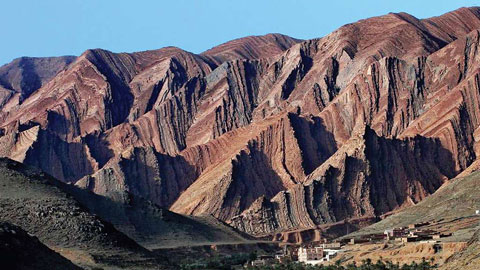
Géoparc et Recherche Scientifique
Le coins de l’étudiant
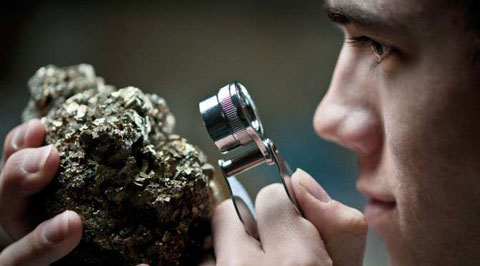

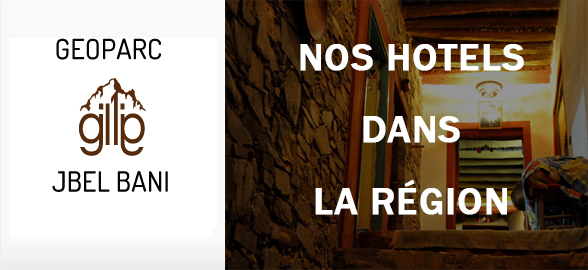
Blog Géoparc Jbel Bani
Dictionnaire scientifique
Plus de 123.000 mots scientifiques
Les publications
Géo parc Jbel Bani
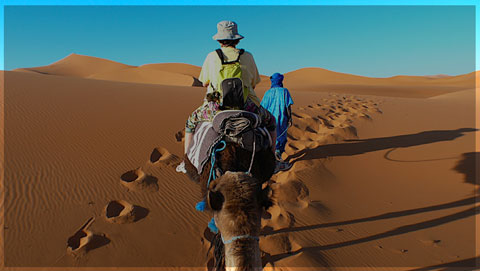
Circuits & excursions touristiques
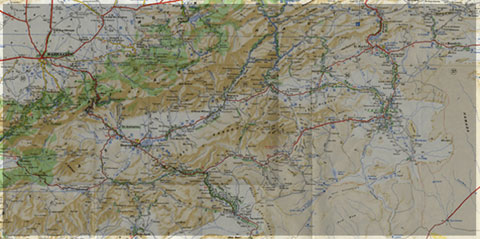
cartothéques
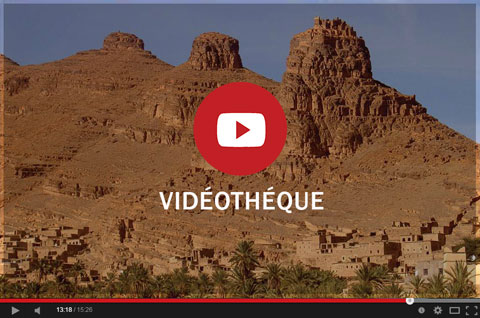
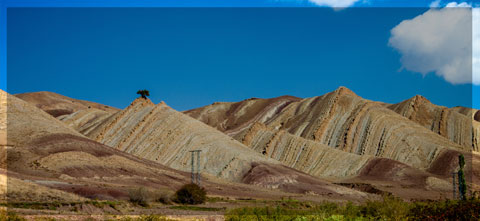
Photothéques
Publications & éditions
